Tragedy at Dawn: Massive Chemical Spill in Downtown Alaska, Forces Thousands to Evacuate Amid Chaos
Tragedy at Dawn: Massive Chemical Spill in Downtown Alaska Forces Thousands to Evacuate Amid Chaos

Anchorage, Alaska — May 6, 2025 — In the early hours of Tuesday morning, a catastrophic chemical spill rocked the heart of downtown Anchorage, triggering a citywide emergency response and forcing the evacuation of thousands of residents. The hazardous materials incident, described by officials as one of the most severe environmental disasters in the city’s history, occurred shortly after 4:15 a.m. when a tanker truck transporting industrial chemicals overturned near a commercial storage facility on 4th Avenue.
Emergency sirens pierced the quiet dawn as thick, toxic vapors began rising from the crash site. Within minutes, entire blocks of the city’s core were blanketed in a noxious cloud, setting off widespread panic among residents and workers in the area. Anchorage Fire Department crews, outfitted in full hazmat gear, rushed to the scene alongside police and state emergency response teams.
Fire Chief Logan Brewer described the spill as “highly volatile and fast-spreading,” revealing that the truck was carrying a large quantity of anhydrous ammonia, a dangerous and reactive chemical commonly used in industrial refrigeration and agriculture. Exposure can cause severe respiratory damage, chemical burns, and even death in high concentrations.
“This was a worst-case scenario,” Chief Brewer said at a morning press briefing. “We were dealing with a high-volume chemical spill in a densely populated urban area. The safety of the public was our number one priority, and evacuation was immediately ordered.”
Officials quickly established a two-mile exclusion zone around the spill site, encompassing government offices, residential buildings, hospitals, and several schools. Evacuation alerts were sent out via mobile phones, sirens, and emergency broadcast systems. In the chaos, traffic gridlocked and public transit systems were overwhelmed as frightened residents tried to flee the affected zone.
One evacuee, local resident Jenna Howard, described the scene as “apocalyptic.” “I woke up to sirens and this horrible burning smell,” she said. “People were banging on doors, telling everyone to get out. It was hard to breathe. I didn’t even have time to grab anything—just ran.”
Hospitals across the Anchorage area have reported treating more than 120 individuals for exposure-related symptoms, including respiratory distress, skin irritation, and dizziness. At least 15 people remain in critical condition, including two emergency responders who collapsed while trying to contain the leak.
Governor Lisa Ramirez immediately declared a state of emergency, activating the Alaska National Guard and federal environmental response teams. “This is a grave situation,” she said during a televised statement. “We are working around the clock to contain the spill, assist those affected, and ensure that downtown Anchorage is safe to return to.”
As containment efforts continued into the afternoon, environmental officials from the Environmental Protection Agency (EPA) arrived to assess the long-term impact. Early reports indicate that the chemical plume may have contaminated sections of the city’s water and air supply, raising fears about lasting ecological and public health consequences.
Experts have warned that anhydrous ammonia, once released into the atmosphere, can linger and react with other elements, creating hazardous compounds. Residents in nearby neighborhoods have been advised to shelter in place and keep windows sealed until further notice.
The Anchorage School District announced that all schools in the downtown area will remain closed for the week, and several local businesses have suspended operations indefinitely. City officials have set up emergency shelters and medical stations at various locations, including the Sullivan Arena and Anchorage High School, to assist displaced families and those needing medical attention.
Meanwhile, investigators are trying to determine the exact cause of the accident. Preliminary findings suggest that the tanker truck, operated by a private logistics company, may have suffered a mechanical failure while making a routine delivery. The company, NorthStar Industrial Transport, has yet to issue a formal statement but is under intense scrutiny as questions mount over safety protocols and regulatory compliance.
Environmental activists and local leaders are already calling for stricter transportation rules for hazardous materials, especially within city limits. “This disaster could have been prevented,” said State Senator Marie Whitaker. “We need tougher regulations, better oversight, and emergency infrastructure that can respond faster and more effectively.”
As night falls on a shaken Anchorage, uncertainty hangs heavy in the air. The immediate crisis may be under control, but the emotional, environmental, and economic fallout is only beginning to unfold. For many residents, the early morning silence shattered by the spill will be etched in memory as a grim reminder of how quickly life can change.
Authorities have promised continuous updates and a full public inquiry once the situation is stabilized. For now, the people of Anchorage wait and hope — for healing, for safety, and for accountability.
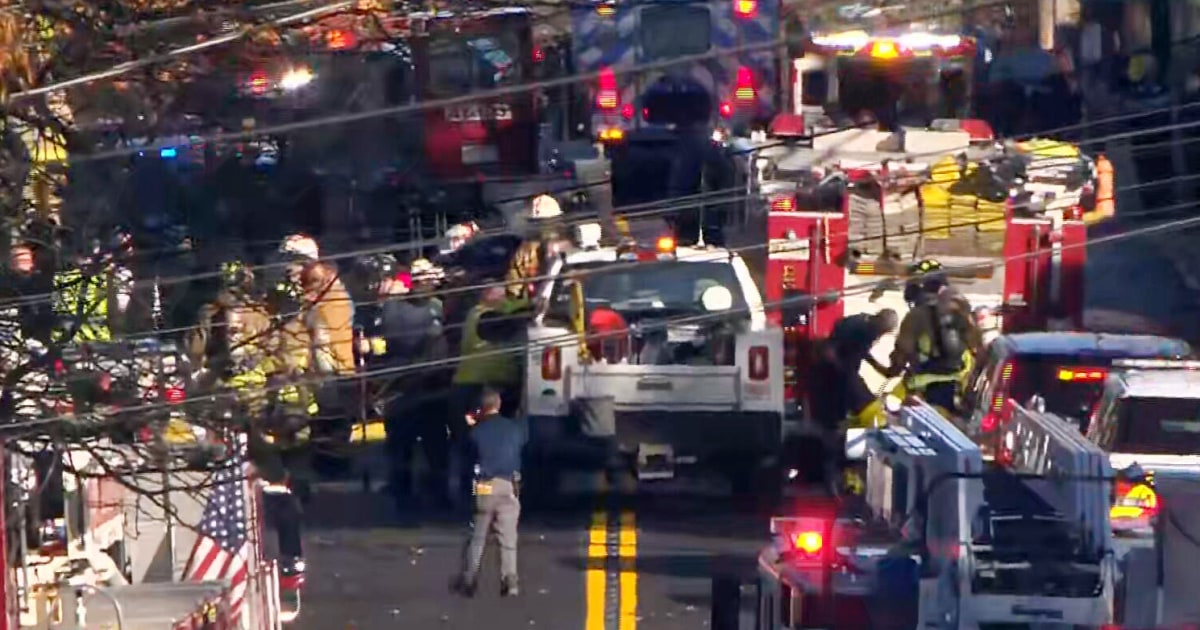

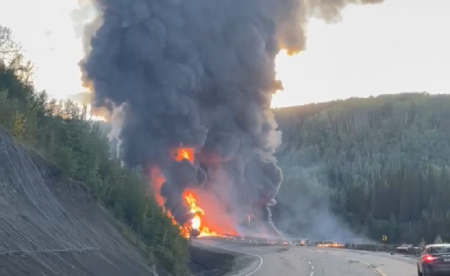
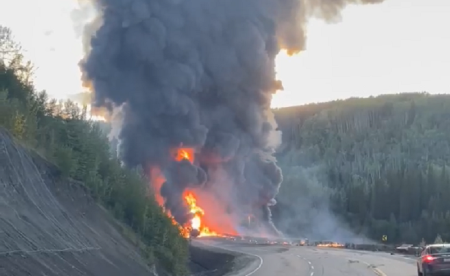
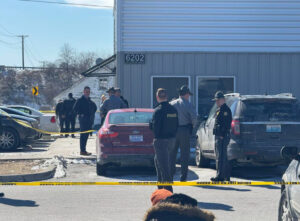

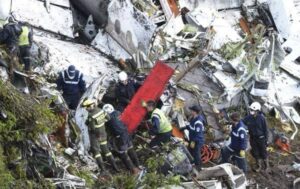


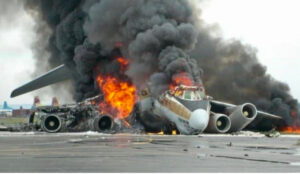
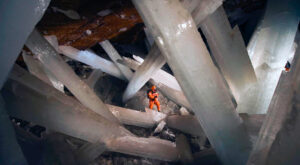


Post Comment